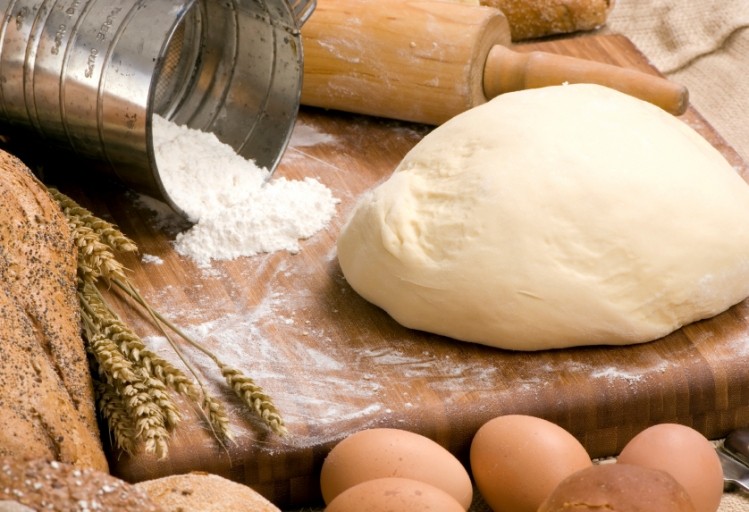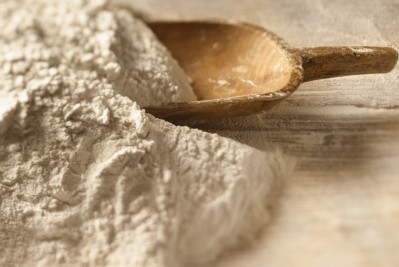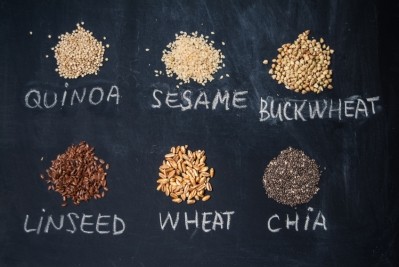The savoury secrets of bread: Researchers investigate link between microstructure and dough rheology

While everybody knows the bread dough is made up of a mixture of gluten, starch and water – which the researchers describe as a hydrated gluten network filled with starch granules – there is, however, no consensus yet about the specific contribution of each of these major constituents (gluten and starch) to the overall dough behaviour.
New research, presented during The Society of Rheology's 87th Annual Meeting, aimed at filling this knowledge gap – with the Dutch and Belgian team behind the work noting that a better understanding of the interplay between bread dough’s microstructure and its rheology will help bakers improve bread recipes in both an artisanal and industrial context.
Led by Dr Mathieu Meerts from KU Leuven, the team tackled the knowledge gap by investigating the rheological behaviour of both components individually, and by studying mixtures of different gluten-to-starch ratios as well as dough made from weak and strong flours.
Dough disparities
According to the team, large disparities often exist in the bread-making performance of wheat flour – which usually gets blamed on the gluten proteins.
"When mixed with water, gluten proteins swell and interact to form a gluten network," said Meerts. "This network requires sufficient strength to retain the carbon dioxide gas produced by the yeast during fermentation, which leavens the dough. But the network needs to retain some flexibility because excessive network strength doesn't allow the gas bubbles to expand, which leads to small-volume breads."
Indeed, the team noted that because baking tests tend to be time consuming, the food industry has developed alternative tests to quickly assess wheat quality. While generally successful, these tests don't yield fundamental insights into the material's structure or behaviour.
As a result, Meerts and his colleagues began to search for a different way to test quality and for new ways to optimise the gluten network's properties to "contain long protein molecules for sufficient strength, but also shorter protein chains for flexibility.”





















